I am an Iranian! This is the first thing you hear from Afro Iranians in a conversation about their roots. Although they look different, Afro Iranians are a significant yet forgotten marginalized group in Iran. The Iranian history or literature did not appreciate these amazing people, but it is time to get to know them better because their culture, history, and experiences are priceless.
If you start talking to them, you see how beautifully they find their place in the gorgeous Persian pattern and convince you to zoom in just a little to see the exotic details of their culture and experience.
The existence of Afro Iranians in this country is not something that everyone is aware of; because society tried to push their differences back. Also, in the old days, most Afro Iranians tried to hide their origin from others at the same time. However, today, the Afro Iranian younger generation is trying to embrace this difference and talk about it more.
Let’s start our journey and illustrate another aspect of Iran with all its vastness, diversity, and interesting people.
Who Are Afro Iranians?
Behnaz Mirzaei, a historian who worked on the Afro Iranians’ background, explains their origin. According to her, unlike popular opinion, which states that Afro Iranians have darker skin because of living in hot areas and being exposed to the sun, these people have an African root. But who are they really?
Iranians were never educated to know about racism. There are no documents showing Iranians’ interest in having slaves in ancient Iran, but it does not mean that slavery was not happening. Unfortunately, this culture got popular after the Safavid dynasty and fortunately continued until the abolition of slavery in 1929.
This sad story of slavery exists in the history of Afro Iranians too. Afro Iranians are the descendants of the slaves who were brought to Iran from Saudi Arabia or moved to this country before and during the Ghajar dynasty.
Mirzaei continues that, since Ethiopia was known as “Habashe” in the Islamic literature, Ethiopian slaves chose “Habashi” as their last name and stayed in the south of Iran, near the Persian Gulf and Sistan-o Baluchestan. The same situation happened to those who moved to Iran from Tanzania and were called “Zangbari.”
Since they lived next to the water, their main occupation became fishing or agriculture. Also, some of them started working for other families as maids or nannies. Although around one century later, in the 18s century, slavery ended in Iran, African Iranians stayed in this county and made Iran their home.
If we have a flashback to Iran, into the house of Persian royals, during the Qajar dynasty, we see how they kept slaves as their servants and enjoyed showing it off to other royals. It seems that having slaves was a trend among wealthy Iranians, and they were not behaving brutally with their Afro Iranian servants. However, those slaves who were doing farming or agriculture in the south were treated awfully and made to do hard labor.
Haji Firooz and Afro Iranians
By reading Persian stories about Nowruz, you encounter a character called Haji Firooz. He is the spring’s and Nowruz’s herald. Haji Firooz is described as a black man who wears red dresses and announces the arrival of spring by happy music and dance. Some historical documents suggest that he is an Afro Iranian slave for two reasons: He is called “Haji” because Iranians used to call Afro Iranian slaves who were brought to Iran from Saudi Arabia this way since anyone who visits Macca is called Haji in Iran. And, his appearance suggests his origin as well.
Read the Persian New Year blog post if you want to know more about Haji Firooz and Nowruz.
Being a Minority and Facing Racism
Unfortunately, people were not friendly with Afro-Iranians from the moment they were brought to Iran. Their appearance made them stand out in an upsetting way. It is not just about Afro-Iranians; every person who looks different is familiar with the way that people look at them. If you encounter an Afro-Iranian in the metro or another public place, you notice how others pay attention to them. It may not be because they want to make fun of her/him. People are interested in the difference that they notice, but it is bothersome and unpleasant.
Even in the media, their presence is influenced by many cliches, such as the myth that says they were exposed to the sun a lot or limiting their culture to fishing.
Although no one likes to be called racist, we need to recognize this behavior to be able to stop it. Therefore, African Iranians started a Twitter account to share their voice, concerns, and experiences with others.
What Persian Literature Has to Say About African Iranians?
The trace of racism shows itself in Persian literature while mentioning African Iranians. There are many great poets and writers who mentioned dark skin people in their works in a negative way. Hafez, the great Persian poet, talks about Afro-Iranians in a racist and discriminating manner which is also another sign of not being educated about this racism.
He considers “black skin” people doomed and uses personification for the violet flower by saying “what this worthless black has in her mind.”
Although considering the illiterate society of that time and the fact that racism was almost meaningless explains why this language was used, we need to change our perspective toward the marginalized communities. Saadi talks about the unity of mankind in a beautiful manner:
All human beings are in truth akin
All in creation share one origin…
What Do We Know About Afro Iranians Today?
Behnaz Mirzaei claims that asking about Afro-Iranians’ origin and African roots can be offensive. The fact that they have lived in Iran for so many years made them be involved with the Persian culture and add their own culture to it as well. Living near the Persian Gulf means that the Afro-Iranians have the accent of the south. On the other hand, those located in Sistan and Baluchestan speak Baluchi and have adopted that culture more.
Talking about Afro-Iranians was not very common in Iran. Today, some NGOs started their work with the purpose of advocating for Afro Iranians. Therefore, they are trying to create some animated movies, music, and books to tell the proud story of them and make society aware of their culture and existence.
Culture, Food, and Music
The combination of African and Iran’s southern culture is an exotic, beautiful, and adorable addition to the Iranian culture. If you look at the Persian cuisine, especially in the south, you can see how some African touch made delicious meals such as Gemneh, which is cooked wheat groat, and onion. This food can also be found in North Africa.
Putting food aside, Persian music, especially the music of the south, leans heavily on African culture. Some of the Bandari music’s signature sounds have African origin as well. A very well-known Bushehri instrument was brought to the south and became one of the most important instruments in southern music, called Ney Amban or bagpipe. Also, there is another instrument called Boogh, which looks like a huge horn and has African origin as well.
Saeid Shanbeh Zade, an Afro-Iranian musician, is among one of the first Afro Iranians who talked about his origin. He explains that unlike what his grandparents told him, who kept his African roots a secret, he tried to investigate his origin and wanted to embrace it. He has published an album called Pour Africa that is his tribute to his African origin. Pour Africa is his mother’s last name that shows his African roots.
You can watch Shanbeh Zadeh’s interview on France 24 and hear his experience as an Afro Iranian.
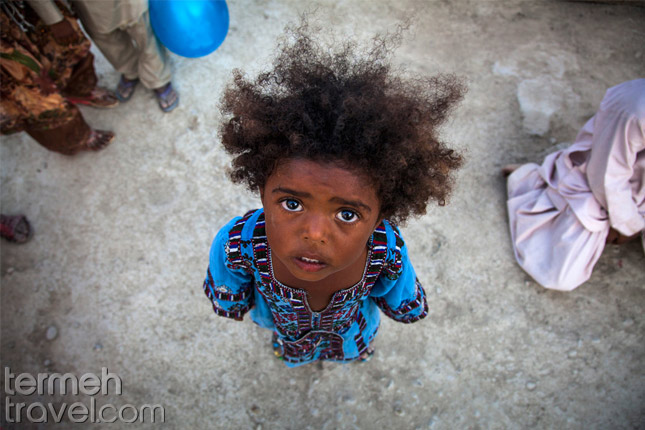
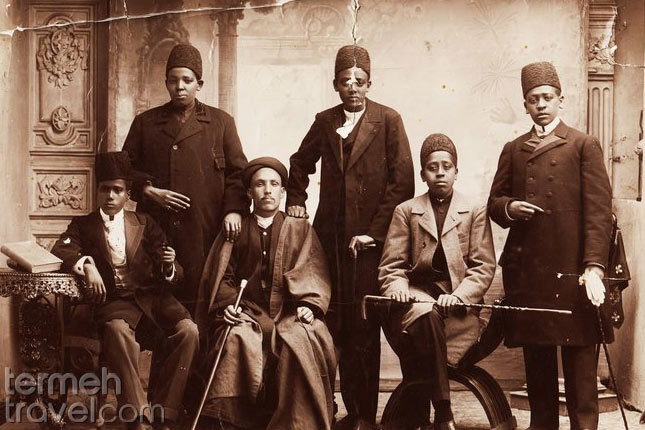


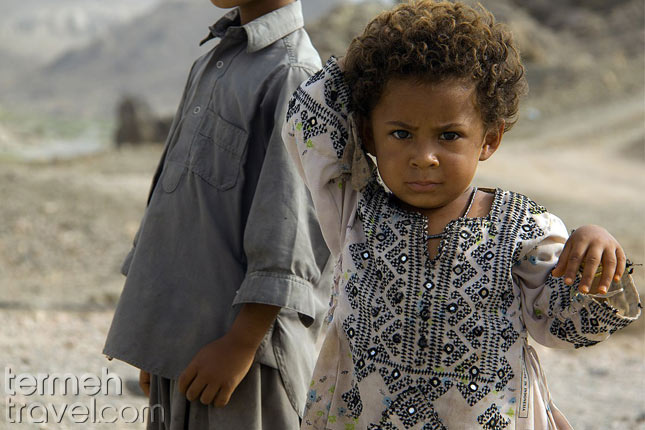

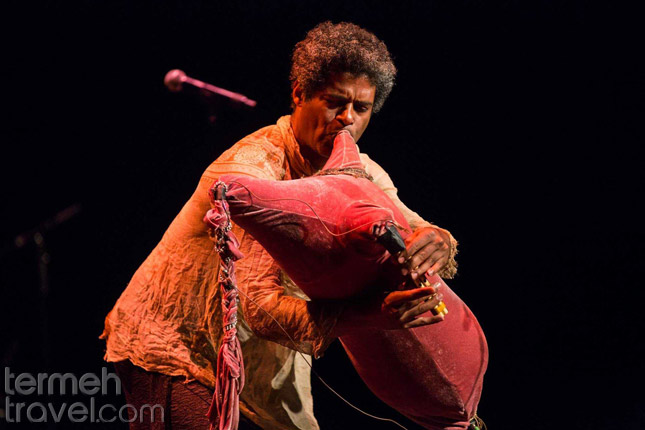
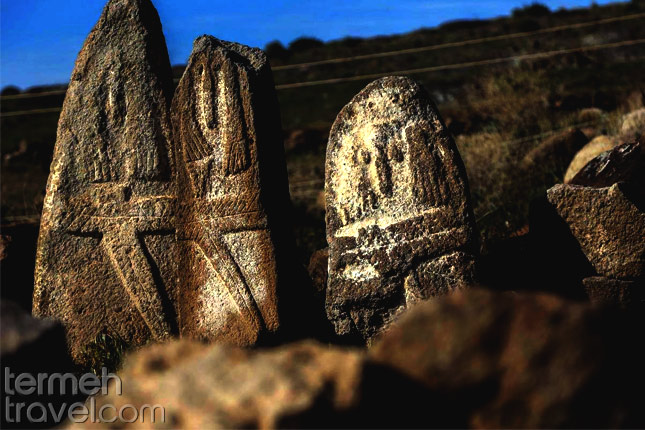




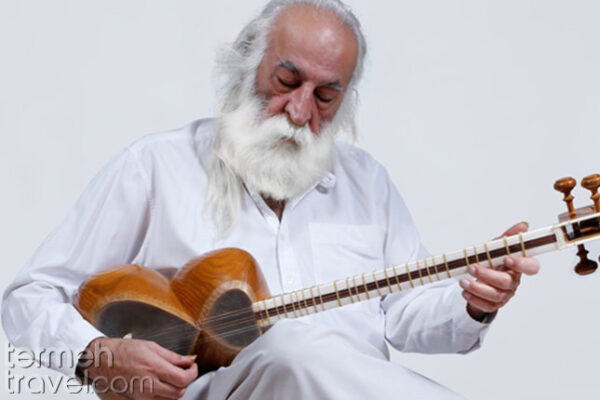
Leave a Comment